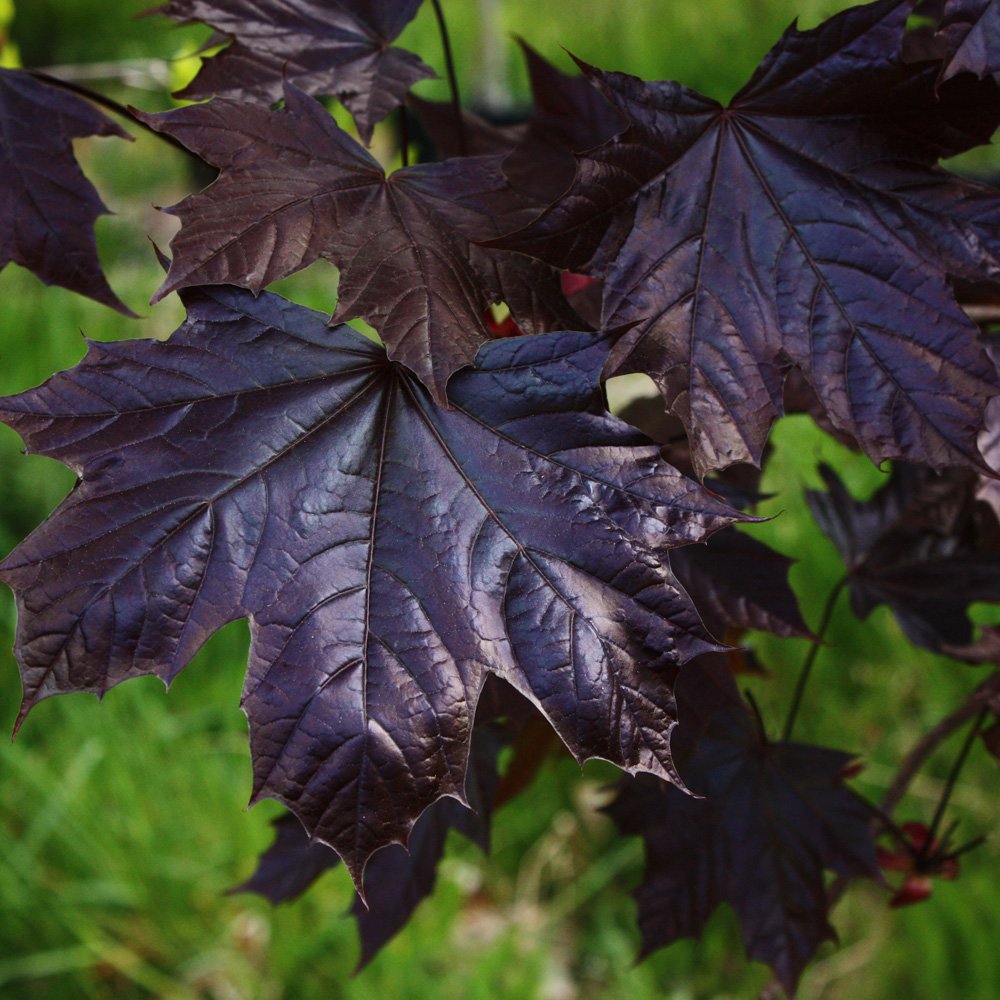
Acer platanoides 'Crimson King' Trees & Specimens Arboretum Garden Centre
The Crimson King Maple, or Acer platanoides 'Crimson King', started as a seedling in Europe in the 1930s. Fast forward twenty years, and it made its way to the USA, where it became widely popular for its ornamental beauty. Pros: Cons: Spectacular Foliage: Messiness and Invasiveness:
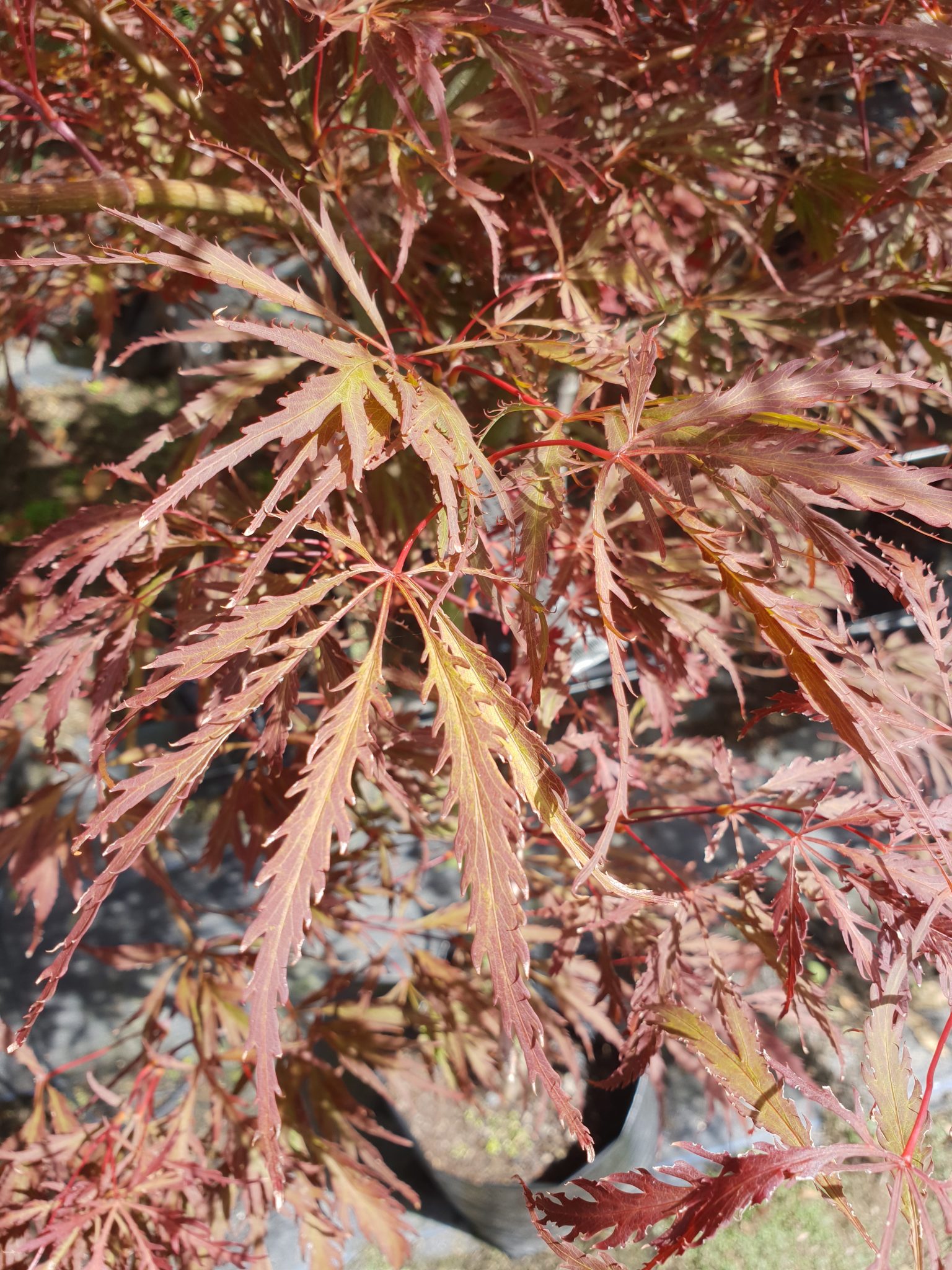
Acer palmatum 'Crimson King' Little Big Tree Company Christchurch New Zealand
Crimson King Norway Maple, This bold landscape tree creates dense shade with its large, deeply lobed leaves. The maroon-purple foliage makes a distinctive and d. The maple family holds just two genera with Acer the most well known and named for the old world Latin name for European maples. This large genus contains 200 species of trees and.

"acer crimson king" Trees to plant, Plants, Shade trees
Majestic, award-winner Acer platanoides 'Crimson King' (Norway Maple) is a vigorous medium-sized deciduous tree prized for its large, rich purplish-crimson leaves that last throughout the summer and its purple fruits. Its oval to rounded, dense crown fills with ornamental clusters of reddish-orange flowers in the spring, just as the leaves emerge.
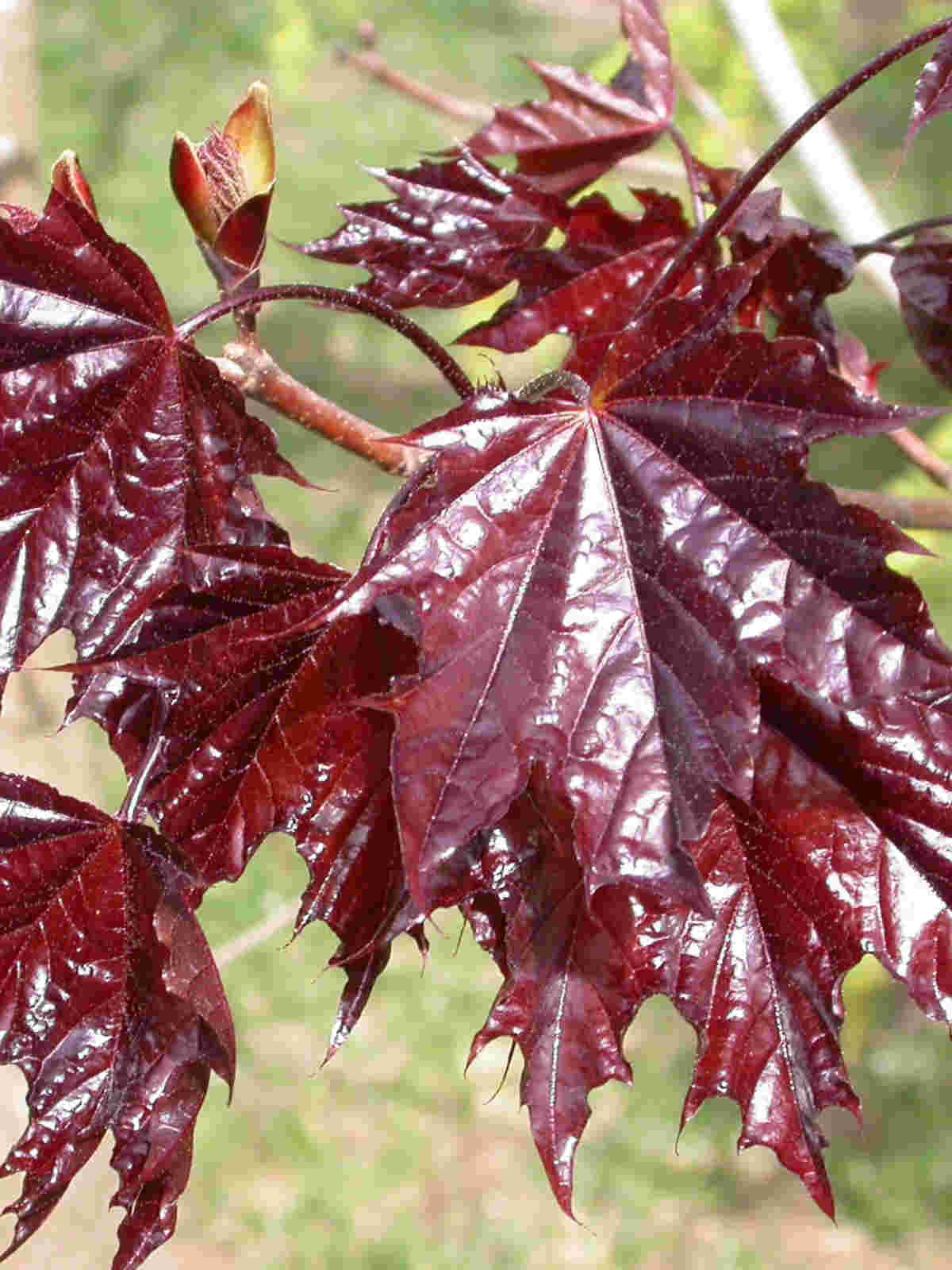
Acer platanoides 'Crimson King' Japanese Maple Garden Trees Lucan Garden Centre
Additional Information. Crimson King is a common cultivar used in the industry for its rich maroon foliage throughout the growing season. One of the densest shade trees, widely adaptable to soils and environments, including dry and polluted city conditions. Transplants easily. Extremely dense canopy and shallow root system make it impossible to.
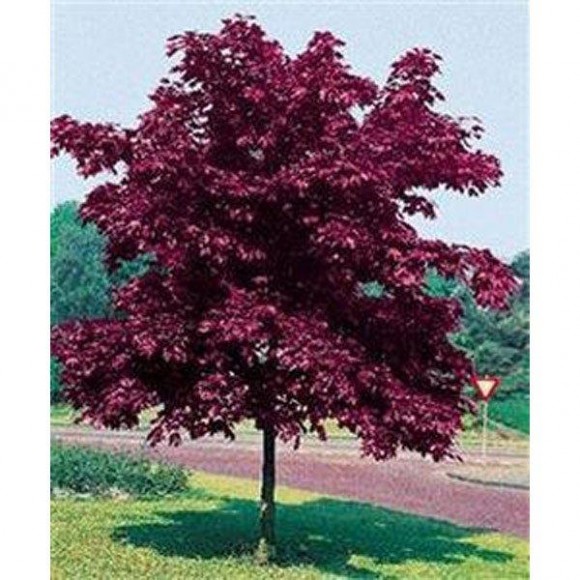
Acer Crimson King Thorpe Trees Thorpe Trees
East facing. West facing. Plant match details will appear here. Exposure. Sheltered. Plant match details will appear here. 'Crimson King' is a vigorous, spreading, medium-sized deciduous tree with large, loved, deep purple-red leaves and clusters of reddish-orange flowers on leafless branches in spring.
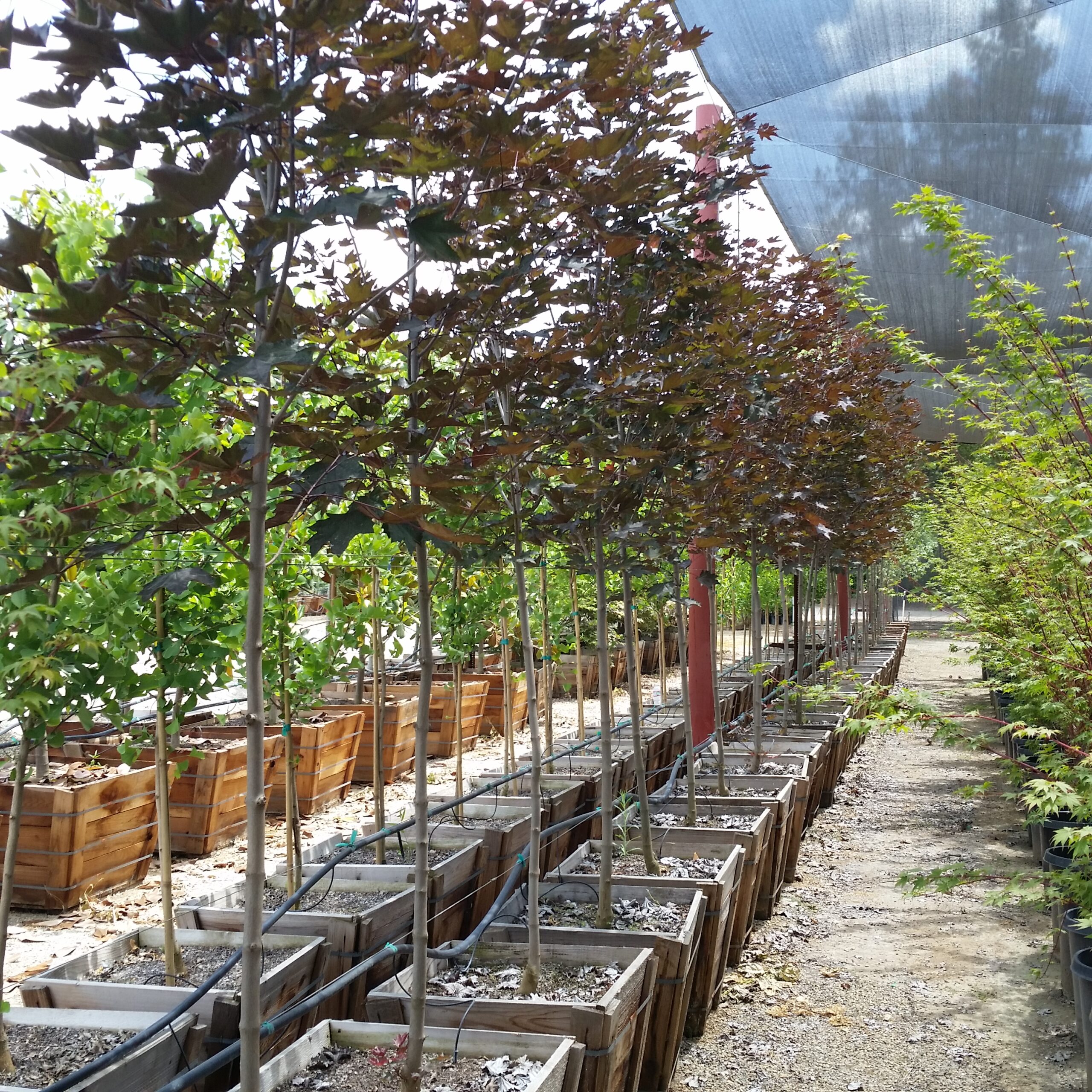
Acer platanoides 'Crimson King' Norway Maple Mid Valley Trees
Schwedleri and became known as 'Crimson King'. Extremely similar cultivars are 'Goldsworthy Purple' and 'Royal Red'. 'Faassen's Black' is also from a 1937 red-leaved seedling of Tips Brothers and introduced to the U.S. about 1954. Its foliage has a more bronzy-brown tinge than 'Crimson King' and a more open form, as if pruned.
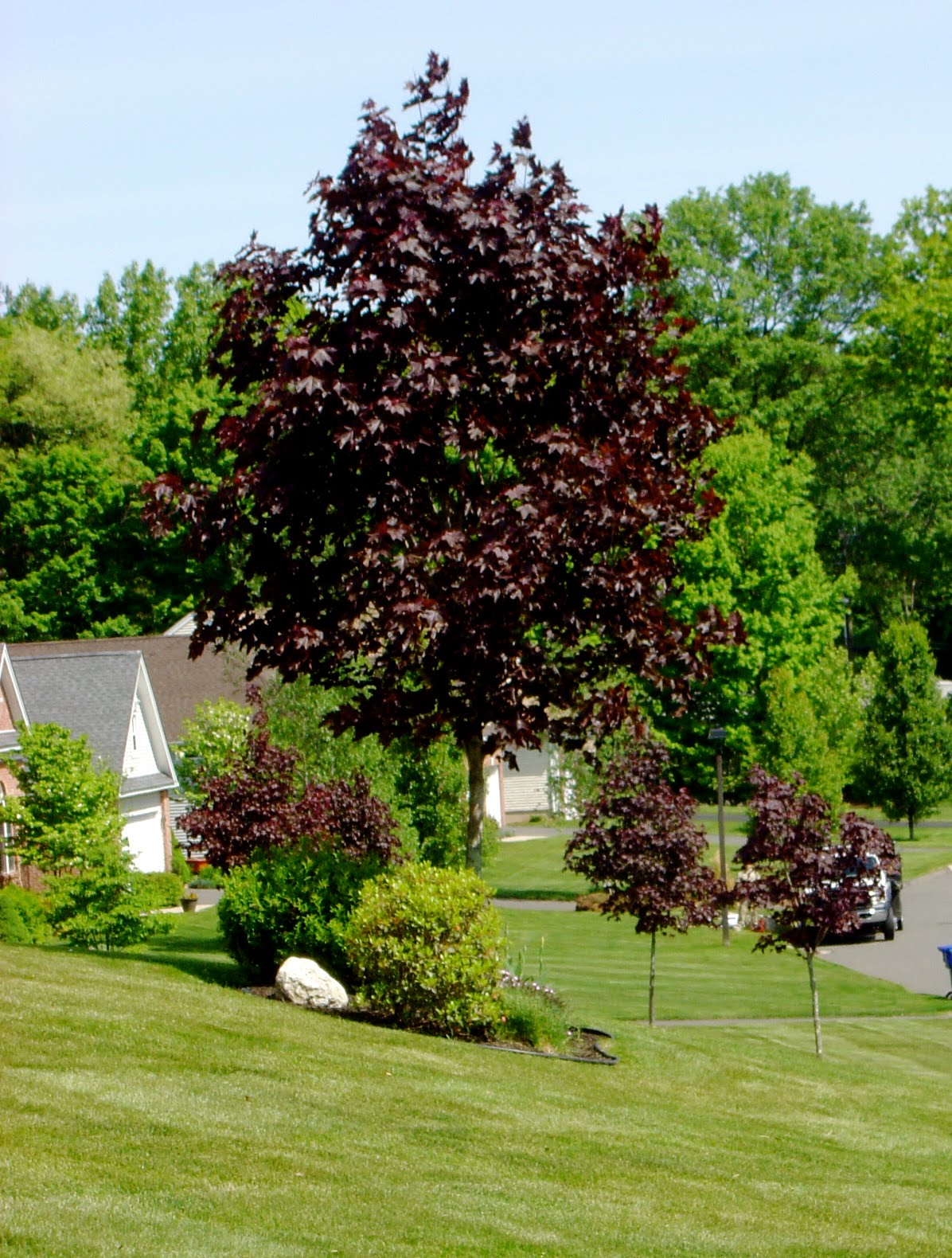
Купить Клен остролистный Кримсон Кинг Acer platanoides Crimson King в питомнике Флорини
Acer platanoides, commonly called Norway maple, is native to Europe. It has been widely planted in urban areas throughout much of the U.S. It is a medium-sized deciduous shade tree typically growing 40-50' tall with a dense, symmetrical, rounded crown.. 'Crimson King' is a red-leaved cultivar which is noted for its rich maroon leaves.
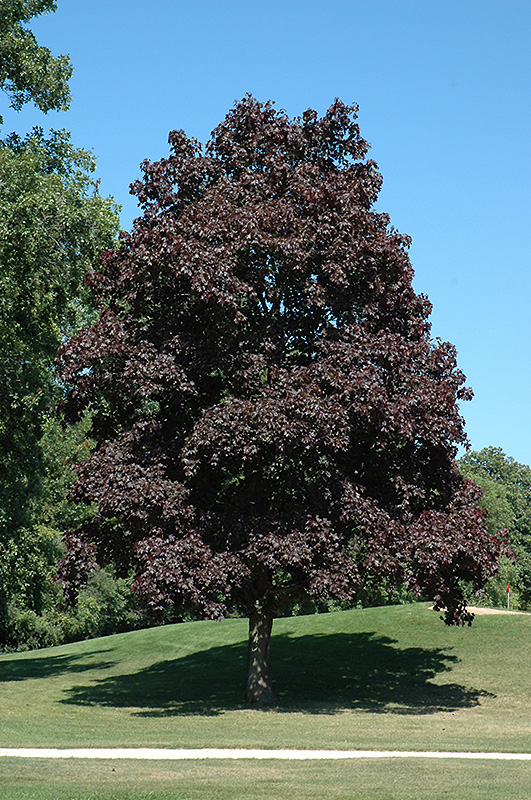
Crimson King Norway Maple (Acer platanoides 'Crimson King') in Edmonton St Albert Sherwood Park
The king appears with a young and smiling face, showing serenity. His head is uncovered and he is protected with half armor, with the breastplate decorated with bas-reliefs. The neck with a large ruffle stands out, according to the fashion of the moment. Iconographic elements of diverse origins, attributes of power that indicate the rank of the.
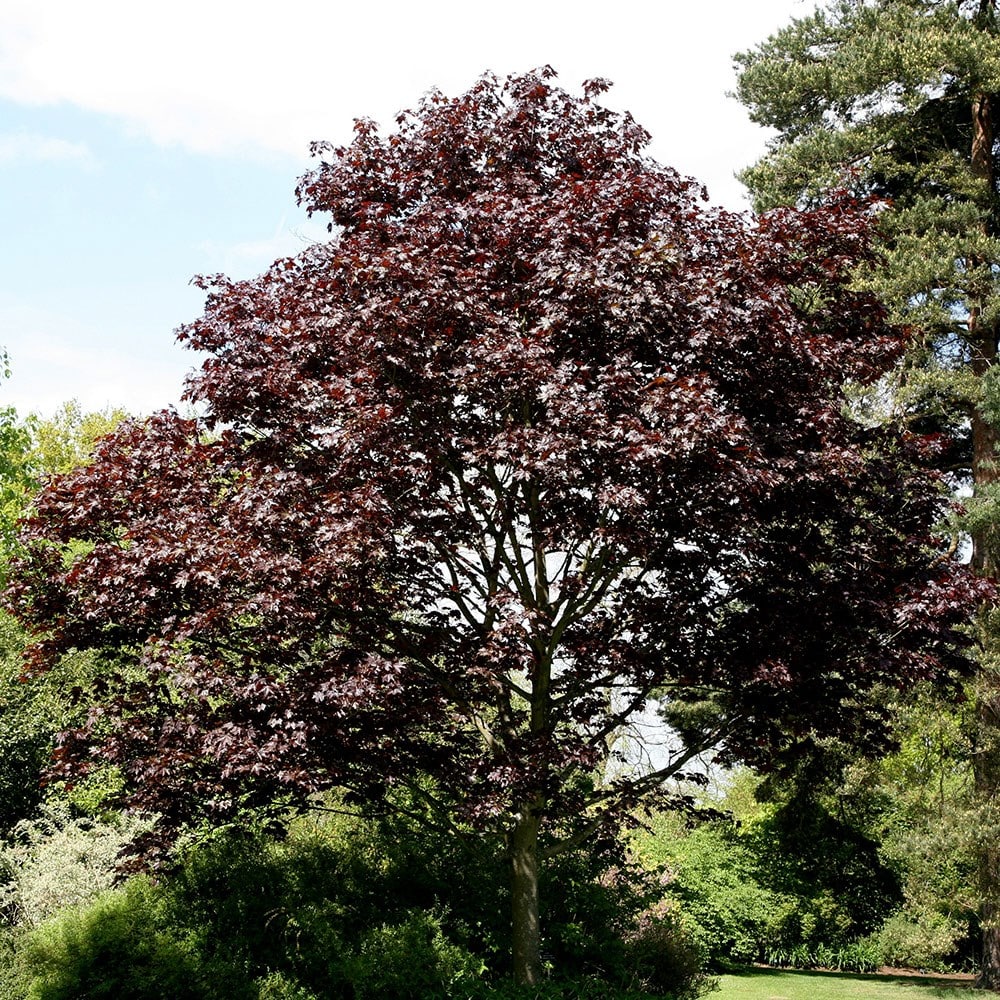
Buy Norway maple 'Crimson King' Acer platanoides Crimson King £89.99 Delivery by Crocus
Norway Maple 'Crimson King' (Acer platanoides) Care Guide. Plant in spring or early fall to give plants the best start. Choose a location that will allow roots to spread and branches to grow freely. Space plants far enough from building foundations, walls, and decks so that the growing foliage won't crowd the structure.
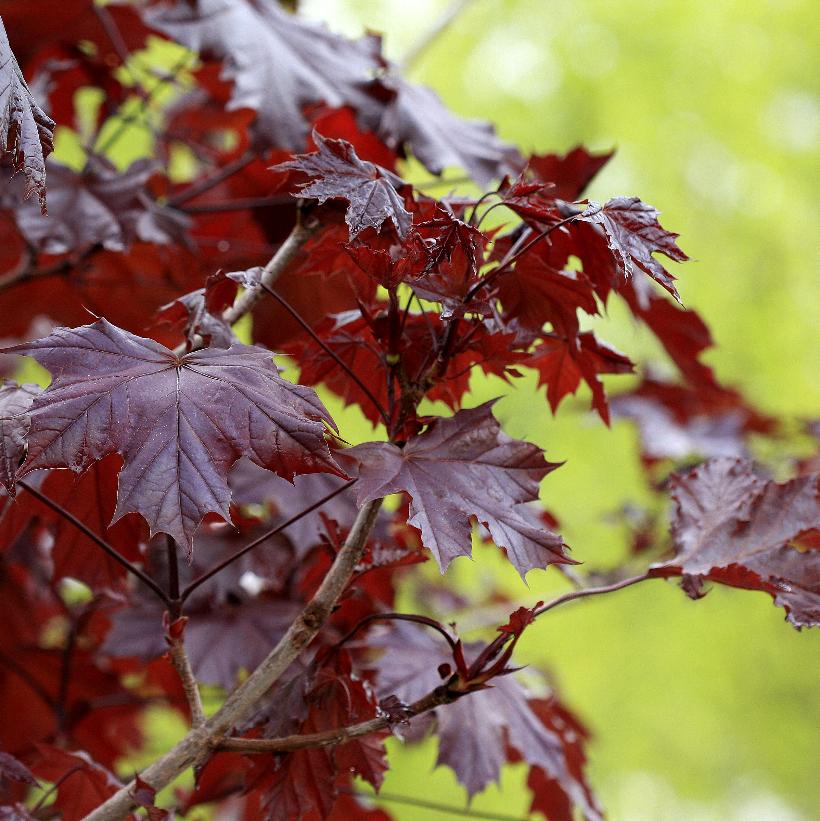
Acer platanoides 'Crimson King' (PP0735) from NVK Nurseries
One of the things that makes the Crimson King Norway maple so problematic is how easily it spreads and thrives. That has a lot to do with the fact that it tolerates a wide range of soils. If the soil is fairly average, has medium moisture, and drains well, Acer platanoides 'Crimson King' will thrive. The only soil where it will have a tough.
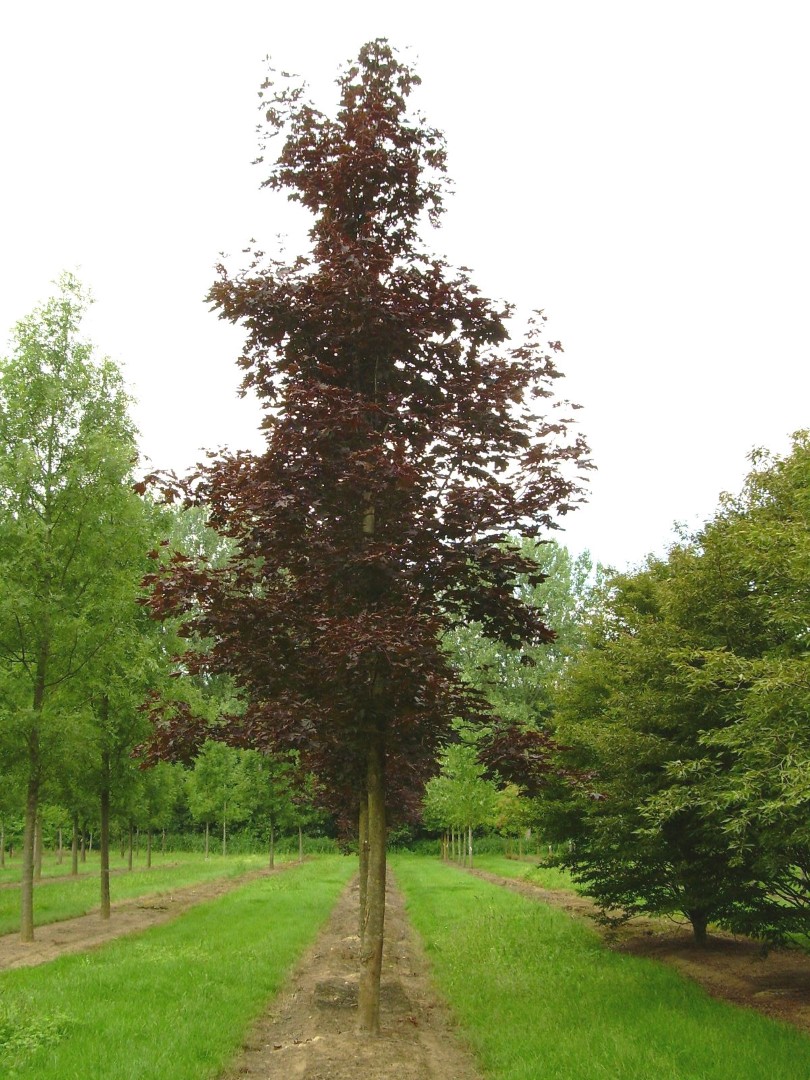
Acer platanoides 'Crimson King' Acer platanoides 'Crimson King' Van den Berk Nurseries
Scientific name: Acer platanoides 'Crimson King'. A native of Europe, Norway maple is now one of the most widely planted urban shade trees in the entire United States. Crimson King is considered a medium-sized deciduous shade tree typically growing 40-50' tall with a dense, symmetrical, rounded crown. It has very large leaves (up to 7.

Acer platanoides 'Crimson King' Purple Norway Maple Tree
An offspring of 'Crimson King' (Hatch 2018-2020), Acer platanoides 'Conzam' has columnar form with paler foliage than 'Crimson King', being red-purple in spring but becoming duller in summer. It is faster growing than the similar 'Crimson Sentry' (Dirr & Warren 2019). 'Crimson King'

Acer Platanoides Crimson King Kinbark Products Ltd
Genus. Acer can be deciduous trees or large shrubs with paired, often palmately-lobed leaves and small flowers followed by characteristic winged fruits. Many have fine autumn colour, and some have ornamental stems. Name status. Accepted.

Acer platanoides Crimson King Purple Norway Maple Tree
Genus. Acer can be deciduous trees or large shrubs with paired, often palmately-lobed leaves and small flowers followed by characteristic winged fruits. Many have fine autumn colour, and some have ornamental stems. Name status. Accepted.
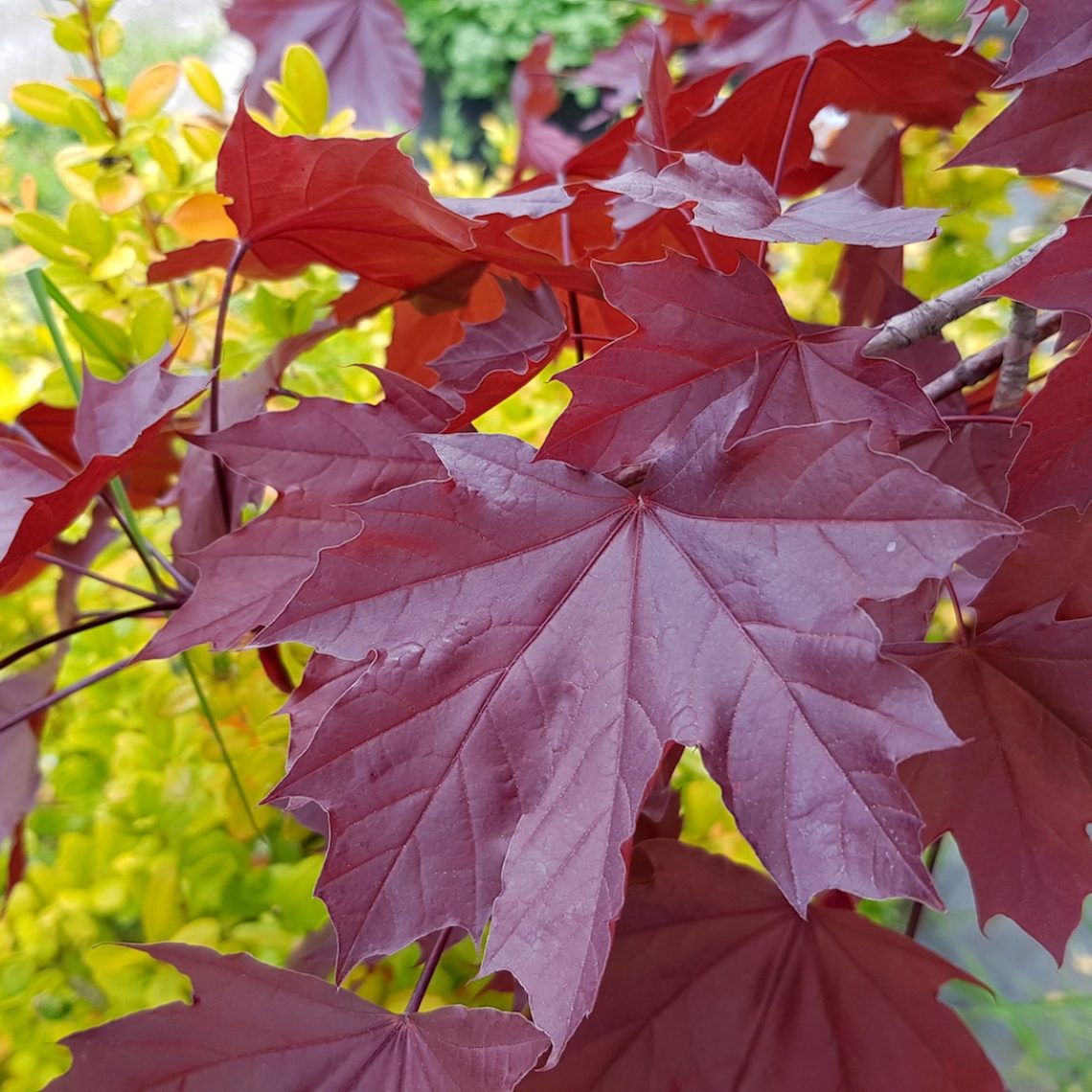
Acer platanoides Crimson King
Extended plant information for Acer platanoides 'Crimson King'. Support the HPS by becoming a member and you will also see additional information on this plant (where it exists) such as: Full plant details for those in the Conservation scheme. Details of their hardiness zones or US zone codes. Seed sowing tips.

Acer platanoides 'Crimson King' Urban Jungle
Acer platanoides'Crimson King' -- 'Crimson King' Norway Maple Page 4 trunk increase in size, the root chokes the trunk. Girdling roots are detected by examining the base of the trunk. The lack of trunk flare at ground level is a symptom. The portion of the trunk above a girdling root does not grow as rapidly as the rest so may be